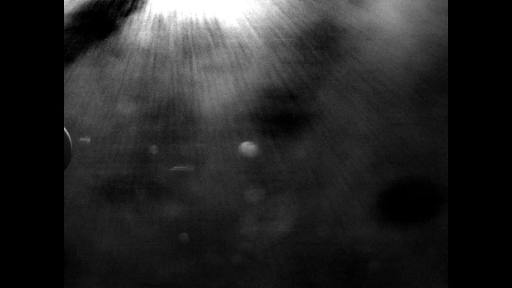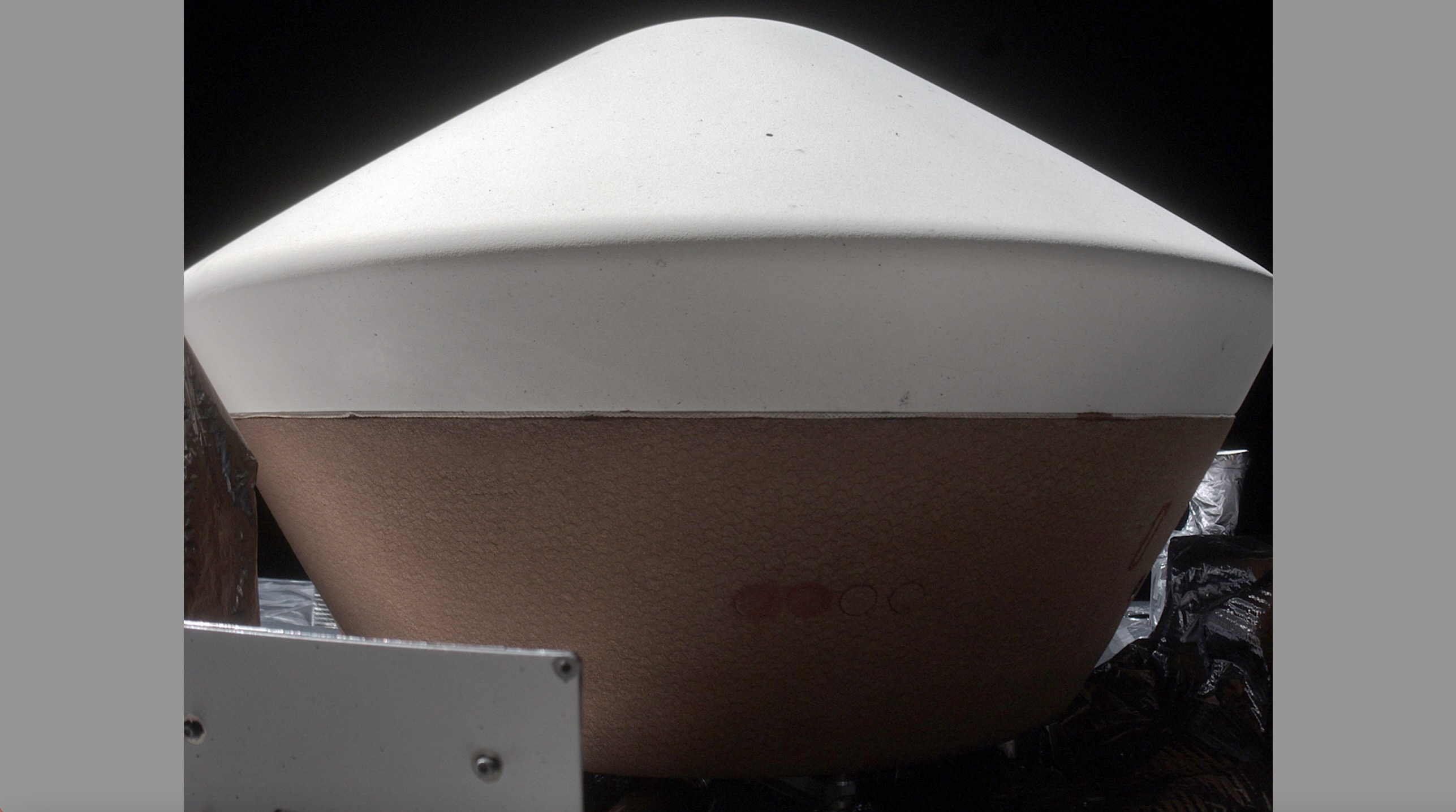OSIRIS-REx watched its asteroid sample capsule head toward Earth (photos)

NASA's OSIRIS-REx asteroid probe captured photos during the release of its return capsule last month, preserving the historic moment for posterity.
Those images, which the space agency released on Tuesday (Oct. 3), show the return capsule deploying from OSIRIS-REx on the morning of Sept. 24 and heading toward Earth.
"The sun is visible at the top of the frame, and a thin 'crescent Earth' can be seen at the left edge of the image," NASA officials wrote of the photos, which mission team members combined into a GIF.
Related: NASA's OSIRIS-REx lands samples of asteroid Bennu on Earth after historic 4-billion-mile journey
The 110-pound (50 kilograms) capsule's time as a free flyer was brief: It touched down as planned under parachutes in the northern Utah desert on Sept. 24, about four hours after being jettisoned.
The soft landing capped NASA's first-ever asteroid sample-return effort. The capsule's precious contents — dirt and gravel that OSIRIS-REx snagged from the near-Earth asteroid Bennu in October 2020 — quickly made their way to Johnson Space Center (JSC) in Houston, where the off-Earth material is getting processed, curated and stored.
Mission team members think OSIRIS-REx returned about 8.8 ounces (250 grams) of Bennu material. That's just a pre-landing estimate, however; the exact amount is being worked out now, and will likely be announced during a webcast event on Oct. 11.
Breaking space news, the latest updates on rocket launches, skywatching events and more!
The OSIRIS-REx sample is expected to be a treasure trove for scientists to study for decades to come, NASA officials have said. Scientists around the world will scrutinize the asteroid bits for clues about the solar system's early days and the role carbon-rich space rocks like Bennu may have played in delivering life's building blocks to Earth long ago, among other lines of inquiry.

Michael Wall is a Senior Space Writer with Space.com and joined the team in 2010. He primarily covers exoplanets, spaceflight and military space, but has been known to dabble in the space art beat. His book about the search for alien life, "Out There," was published on Nov. 13, 2018. Before becoming a science writer, Michael worked as a herpetologist and wildlife biologist. He has a Ph.D. in evolutionary biology from the University of Sydney, Australia, a bachelor's degree from the University of Arizona, and a graduate certificate in science writing from the University of California, Santa Cruz. To find out what his latest project is, you can follow Michael on Twitter.

